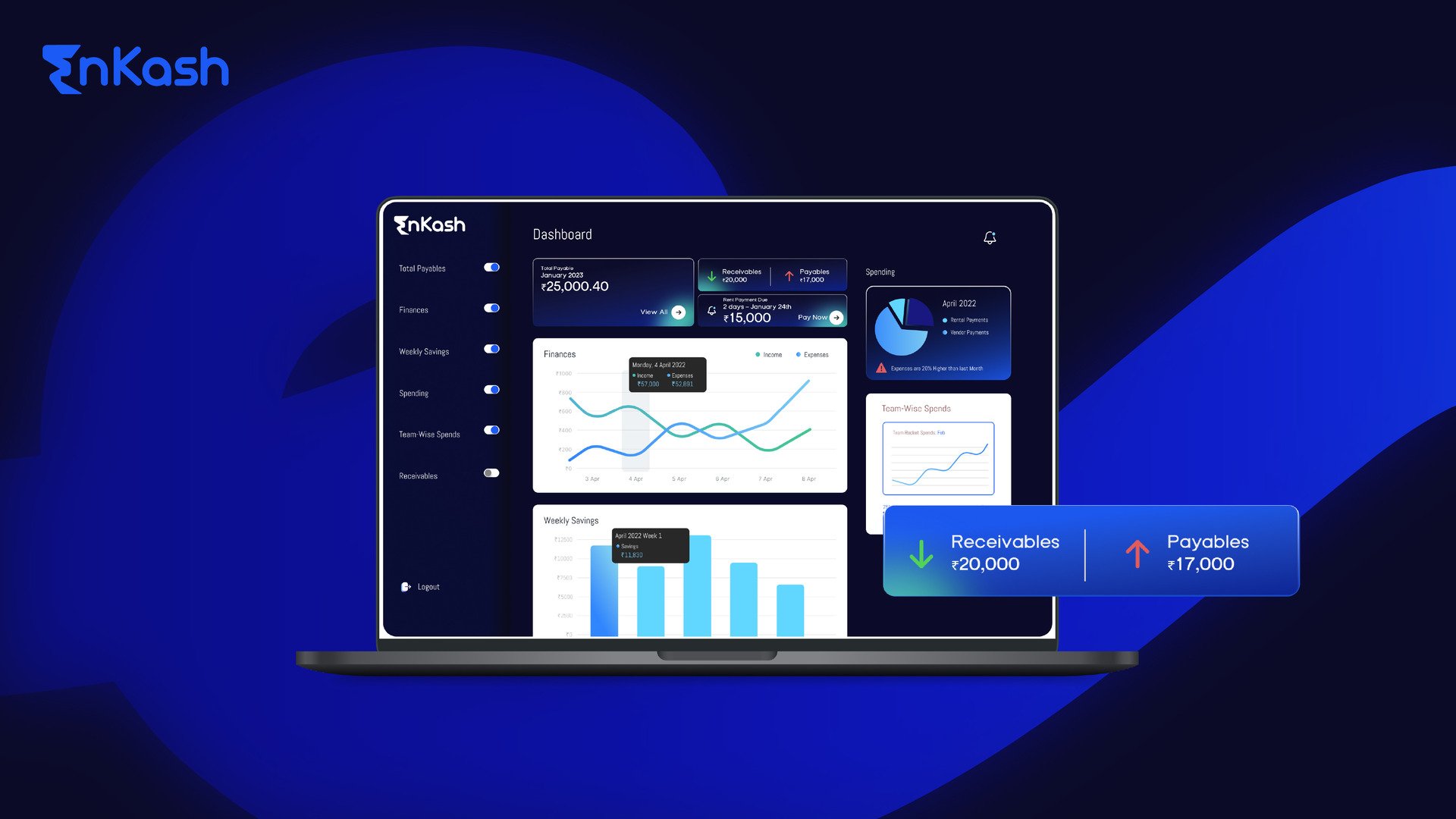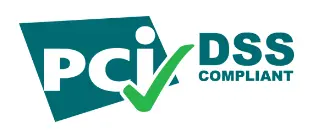The FIFO method or First In, First Out method is a logical and popular way for inventory management where the oldest inventory is used or sold first. Particularly useful in industries like food, beverages, retail, pharma, etc., this approach minimizes waste, guarantees product quality, and brings financial visibility. In keeping with the reality of inventory cost and incorporating accounting practices, FIFO supports reliable financial reporting. Because it is so easy to use and has the ability to integrate with barcodes and AI, it is an effective platform for organizations looking to maximize their productivity and growth.
What is FIFO Method?
Good inventory management is necessary for businesses to stay afloat and report correctly. One of the most natural and common inventory valuation methods is FIFO (First In, First Out). The FIFO method is guided by the flow of goods in that it relies on using or selling the oldest inventory first, making it suitable for industries where product quality and availability are critical.
To learn what FIFO is and why it should be used, businesses should be able to make the most of their inventory processes. In this blog, we will look into the definition of FIFO, how it works, and what it offers today’s businesses.
The FIFO method is an inventory valuation and accounting approach in which inventory items first acquired are first used or sold. This means that costs incurred on the oldest inventory are first taken into consideration when computing the cost of goods sold or COGS. The process ensures that inventory that is still available corresponds to the latest price and hence offers a more realistic representation of the current market.
Read More: Distribution channel
Key Characteristics
The FIFO method stands for a simple, rational approach to inventory flow:
- Time-Based Priority: The oldest items in inventory, or the first to be stocked, are used or sold first. This is the business-as-usual way to do things, particularly in sectors that prioritise freshness and quality.
- Alignment with Physical Flow: For organisations that operate in industries that involve commodities such as foods, beverages or pharmaceuticals, the First In, First Out method is tied to the physical movement of materials and ensures that stocks are used chronologically.
- Cost Flow Assumption: Accounting FIFO methodology assumes that the cost of goods sold is computed based on the price of the oldest inventory, while the ending inventory represents the latest prices of the purchase.
How Does the FIFO Method Work?
FIFO utilizes or sells the oldest stock first so that the COGS becomes the cost of the first goods purchased. This is an answer to inventory’s natural flow, which is great for industries where time-sensitive inventory is important. When companies manage inventory proactively, they eliminate waste, increase efficiency, and provide reliable financial reports.
Consider, for instance, a grocery store handling its stock of pre-packaged rice. The store buys rice in the following quantities:
- January 1: 100 kg at ₹50 per kg
- February 1: 200 kg at ₹55 per kg
- March 1: 300 kg at ₹60 per kg
In March, 250 kg are sold in the store. According to the FIFO method, the cost of goods sold is determined by accounting for the oldest stock first:
- First 100 kg sold at ₹50 per kg = ₹5,000
- Next 150 kg sold at ₹55 per kg = ₹8,250
The total COGS is ₹5,000 + ₹8,250 = ₹13,250. The remaining inventory consists of:
- 50 kg from the February batch at ₹55 per kg = ₹2,750
- 300 kg from the March batch at ₹60 per kg = ₹18,000
Ending inventory value = ₹2,750 + ₹18,000 = ₹20,750.
In this scenario, the First In, First Out approach is used to keep old inventory costs prioritized based on current costs so that older inventory does not end up sitting in the warehouse unused. The FIFO method not only promotes the optimal control of inventory but also follows accounting principles and yields correct financial reporting.
Read More: Managerial accounting
Applications of the FIFO Method
The FIFO approach, or First In, First Out method, is widespread across various industries because it makes rational use of inventory and cost flow. Organizations can handle their workflow better, enhance their financial visibility, and meet the demands of a certain industry by selling or using the oldest inventory first. Below are some examples where the FIFO method works the best.
Industries Where FIFO Is Commonly Used
FIFO is especially useful in businesses that require high levels of inventory turnover and freshness:
- Retail and E-commerce: Shopping malls as well as online retailers, including grocery shops and online food delivery services, use FIFO to store perishable goods like milk, fruits, vegetables, etc. This ensures that the old inventory is sold first, reducing waste and boosting customer satisfaction.
- Food and Beverage: The First In, First Out method is adopted by Indian restaurants and packaged food manufacturers to control the quality of the products. Dairy plants, for example, prioritise older batches of milk so that they are used before their expiry date comes.
- Pharmaceuticals: In the pharmaceutical sector, where dates are critical, the FIFO principle ensures that older drugs go out to market first to prevent wastage and keep patients safe.
FIFO in Accounting and Financial Reporting
Accounting uses the FIFO technique to calculate COGS and ending inventory value. For instance, a textile manufacturer in India could adopt FIFO for fabric inventory management so as to report the production costs correctly in its accounts. By recording the market price of the product in the inventory on hand, the FIFO model enables accurate and timely accounting.
Comparison with Other Inventory Methods
The FIFO method is often compared with LIFO (Last In, First Out) and the Weighted Average Method:
- FIFO vs. LIFO: FIFO suits business because it is in sync with accounting guidelines, whereas LIFO is rarely adopted due to tax concerns and lack of global acceptance.
- FIFO vs. Weighted Average: The weighted average process smooths out fluctuations in prices, but FIFO provides a more robust measure of inventory costs during periods of inflation.
Read More: Expense management
Benefits of the FIFO Method
FIFO or First In, First Out is a method with many advantages to companies who are operating in a fast-paced and competitive market. This practice reduces costs and waste while making sure the oldest stock gets utilized or sold first. Listed below are the most prominent benefits of FIFO in inventory and accounting.
Accuracy in Inventory Valuation
The FIFO approach takes into account the market price for ending inventory. Since remaining stocks are calculated against the base of recent prices, businesses have a real-time understanding of the value of their inventory. For instance, when inflation is high, FIFO ensures that the balance sheet shows the most recent inventory values and gives stakeholders insights.
Simple and Logical Application
The First In, First Out method is simple and mirrors the natural distribution patterns of products. Inventory can be sorted, and costs can be monitored without doing complicated calculations; that is why it is one of the best tools for small and large businesses.
Preventing Obsolescence and Waste
In industries such as food production and medicine, the goods are subject to expiry dates. Here, FIFO reduces the possibility of spoilage by prioritizing the sale or consumption of older stocks. A dairy factory, for example, can implement FIFO to make sure older batches of milk are distributed first, minimizing waste and ensuring higher customer satisfaction.
Favorable Tax Implications During Inflation
Inflation increases the value of ending inventory, driving a better balance sheet for the organization. Although FIFO increases taxable income, it gives you a good picture of the company’s cash position and finances.
Limitations of the FIFO Method
The FIFO approach might be extremely advantageous, but it is not necessarily the perfect one for every company or sector. Some limitations will limit its usefulness, primarily in certain economic or operational circumstances. These are the main drawbacks of the First In, First Out approach that businesses should take into account.
Less Tax Efficiency During Inflation
FIFO reduces taxable income during periods of inflation because the COGS calculation is based on older, lower costs. This can increase the tax burden for businesses, especially small businesses with a limited margin.
May Not Reflect Actual Cost Flow in Some Industries
For industries that require more advanced inventory processes, such as electronics or machinery, the FIFO method will not match the actual cost flow. For businesses that rely on high-value or non-perishable items, it can be challenging to correlate physical inventory usage with FIFO assumptions.
Higher Administrative Efforts for Large Inventory Volumes
The FIFO method is easy in theory, but implementation for large, diverse companies can be time-intensive and bureaucratic. For example, eCommerce firms that have thousands of SKUs can need high-level software to implement FIFO.
Skewed Financial Results in Stable Markets
In deflationary or stable markets, FIFO can underestimate the cost of goods sold and create exorbitant profit margins. This tends to cloud a profit or paint an unrealistic picture of operations.
Unsuitability for Non-Perishable Inventory
In industries where inventory does not expire, like furniture or machine tools, FIFO may not be significantly better than the weighted average approach.
Read More: Spend analysis
How to Implement FIFO in Your Business
By using FIFO, you will be managing inventory more efficiently, eliminating waste, and reporting accurately. But to work, it has to be well-thought-out, well-organized and consistently delivered. Here are the best practices for using the First In, First Out approach in your business.
Steps for Adopting the FIFO Method
- Organize Inventory Physically:
Arrange inventory such that old stock is at the front of your list that can be utilized or sold first. If you run a grocery store, for instance, put the latest on the back of the shelf and the old on the front. - Use Clear Labeling:
Add dates or batch numbers to the inventory so that you can see when it was bought. This is particularly useful for firms that work with perishable goods or regulated industries like pharmaceuticals. - Leverage Inventory Management Software:
Develop digital platforms that aid the FIFO method by automatically tracking stock flow and calculating costs. The software can deliver real-time updates as well as minimise the chance of manual errors. - Train Employees:
Train your employees about the First In, First Out principle and how to use it when managing inventory. This provides for smooth implementation across the enterprise. - Conduct Regular Audits:
Review inventory every few days to see whether it’s FIFO compliant and see if there are any inefficiencies or mistakes.
Conclusion
One of the best and most practical inventory management strategies is the FIFO (First In, First Out), which provides organisations with an orderly method for handling and valuing stock. By making use of or selling the most recent stock, FIFO minimises duplication, eliminates obsolescence and ensures accurate reporting. Because of its ease of use and compatibility with natural inventory movement, it’s perfect for the retail, food, and pharma sectors, where inventory flow is a must.
When combined with contemporary tools like inventory management software or barcoding software, the FIFO process gets even more effective as you can gain real-time information and make better decisions. However, firms need to consider its limitations, like tax in the face of inflation, to see whether it suits their operational objectives.
In the long run, the FIFO approach promotes efficiency, compliance, and transparency, which makes it an asset for any business looking for continued growth and success.
Read More: Petty cash book
FAQs
1. What is the core objective of the FIFO strategy?
The FIFO method tries to get the oldest stuff sold or consumed first. It allows businesses to keep inventory fresh, avoid wastage, and report accurately on costs. The process is especially useful for businesses with food and other potentially perishable products that require timely turnover.
2. What is the effect of FIFO on statements during inflation?
Inflation drives the FIFO strategy to increase the value of ending inventory in the balance sheet, as it leverages older lower-cost inventory to determine COGS. This leads to greater reported profits and better capital position, even if it means more tax for the individual than with other techniques such as LIFO.
3. Is FIFO valid for perishable items?
Yes, the FIFO process can be used on non-perishable assets as well. While its major strength lies in the handling of perishables, FIFO works well to trace stock movements and reconcile costs in manufacturing and e-commerce, where inventory rotation is important for process efficiency.
4. How does the FIFO method support compliance with accounting standards?
It is an internationally accepted inventory valuation method which aligns with GAAP or Generally Accepted Accounting Principles. Its logic and cost representation ensure that companies adhere to the law and present clear financial statements.
5. What challenges can arise when implementing the FIFO method?
The barriers to using the FIFO approach are dealing with big and varied inventories, keeping accurate records, and integrating the system with existing processes. Even businesses might struggle with administrative tasks without adequate inventory management software to track stock movements.
6. How is the FIFO method advantageous for Indian retailers?
The FIFO approach helps control inventory in a cost-effective manner, especially for perishable goods such as dairy, fruits, etc. Organising your old inventory also allows retailers to reduce spoilage, maintain higher-quality products, and keep accurate records to satisfy customers and boost profitability.
7. Does the FIFO method work in deflationary markets?
For deflationary markets, FIFO leads to a decrease in end inventory values because it presumes that newer, cheaper inventory is not sold off. This can drive reduced profit, but it shows you the true cost of the inventory and follows transparent accounting policies.
8. How does a company manage inventory under FIFO?
Businesses that use FIFO record their inventory with batch numbers, acquisition dates, or barcodes. High-end inventory management tools make tracking easy, automate it, ensure the older inventory is first to sell or be used and provide real-time information.
9. What types of businesses benefit the most from FIFO?
The FIFO approach is especially useful for businesses handling perishable items. It’s also beneficial for manufacturers and e-commerce sites, where inventory movement directly affects productivity.
10. How does technology enhance the FIFO method?
The FIFO procedure is enhanced by technology such as inventory management software, bar codes and RFID tags. These solutions automate the stock counting process, support FIFO rules and offer real-time stock level updates so that businesses can make their operations run smoother and minimize the error rate.













